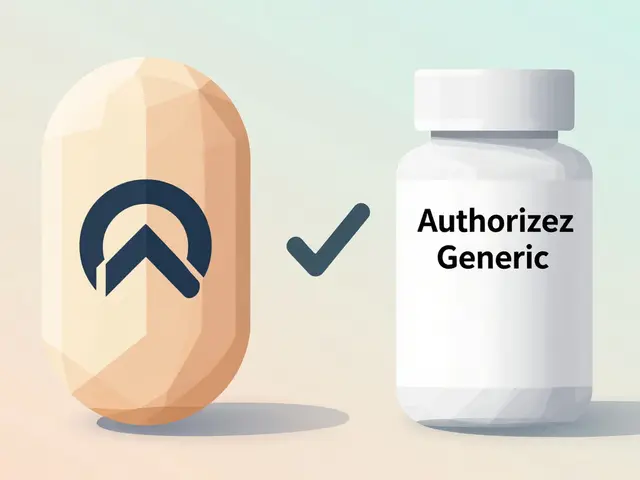Superfood Tips: Why Kefir and Probiotics Matter
Want a small habit that helps your gut and immune system? Adding a superfood like kefir is an easy start. Superfoods aren’t magic, but some give more nutrients or useful bacteria per serving. Kefir is one of those—packed with probiotics, protein, and B vitamins in a single cup.
Why kefir is a top superfood
Kefir is a fermented milk drink that contains live cultures you don’t get from regular yogurt. Those cultures can improve digestion, help balance gut bacteria, and sometimes ease bloating or irregular bowel habits. One cup gives probiotics plus calcium and a decent hit of protein—nice if you want a nutrient boost without extra effort.
If you avoid dairy, there are water- or coconut-based kefirs that still offer probiotics. Read labels: probiotic count and sugar level vary a lot between brands. Choose plain or low-sugar options for steady benefits and fewer added carbs.
How to use kefir and other superfoods every day
Start small so you don’t upset your stomach. Try 1/3 to 1 cup of kefir daily for the first week, then increase if it feels good. Mix kefir into smoothies, use it as a base for overnight oats, or swap it for milk in pancake batter. It’s a quick way to add probiotics to breakfast.
Combine kefir with fiber-rich foods (like oats, chia seeds, or fruit). Fiber feeds good bacteria, so the probiotics from kefir work better. For example: blend 1 cup plain kefir, a small banana, a tablespoon of oats, and a handful of berries—easy, filling, and gut-friendly.
Other superfoods to pair with kefir: leafy greens (spinach, kale), berries (blueberries, blackberries), nuts (walnuts, almonds), and seeds (flax, chia). These add vitamins, minerals, and fiber without much prep. Simple swaps—add a handful of spinach to smoothies or a sprinkle of seeds to yogurt—move the needle over time.
Buying tips: pick plain kefir with short ingredients. Look for live cultures listed on the label and low sugar. If you make kefir at home, use clean jars and follow starter instructions—homemade can be cheaper but watch fermentation time to avoid a sharp taste.
Who should be careful: people with severe immune problems, newborns, or those with lactose intolerance should check with a clinician before starting probiotic foods. If you take antibiotics, timing matters—space probiotic foods a few hours away from antibiotics to help bacteria survive.
Want specific recipes or product picks? Check our kefir article under the Superfood tag for practical recipes, brand notes, and ways to include kefir in kids’ meals. Small, consistent changes beat dramatic diets. Try one cup of kefir three times a week and see how you feel after a month.
Tamarind, a tangy tropical fruit, is rapidly gaining popularity in the world of dietary supplements due to its rich nutrients and health benefits. This article explores how tamarind is transforming the supplement industry, highlighting its unique properties and the range of health issues it may address. Discover how tamarind can enhance digestion, support heart health, and provide essential vitamins and minerals. Learn about its origin, cultural significance, and how it's becoming an integral part of a balanced diet.
Continue reading...






